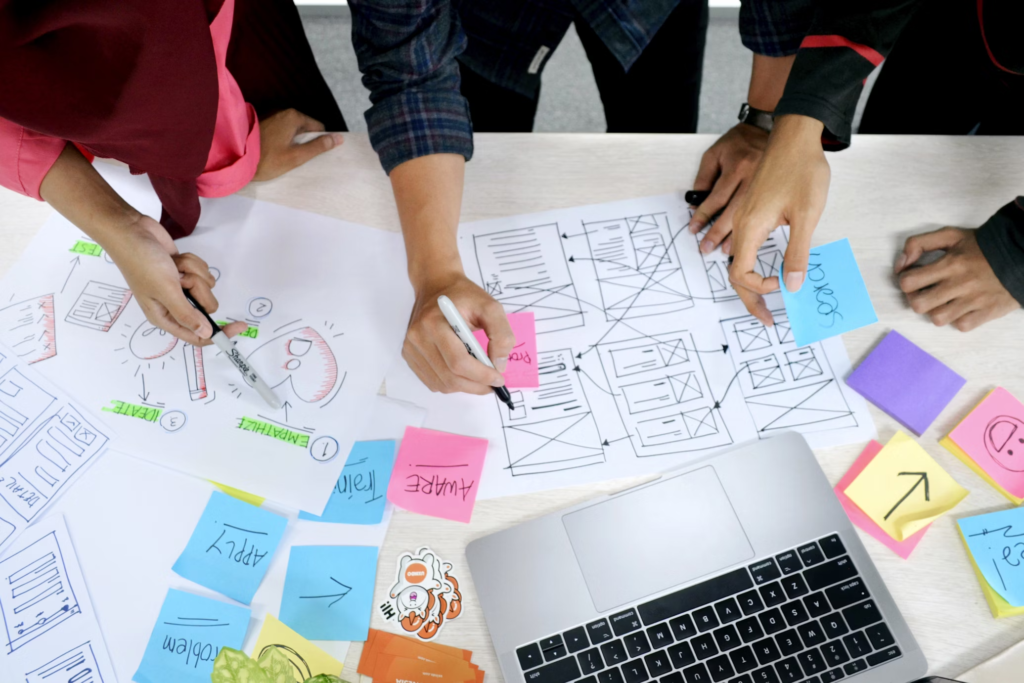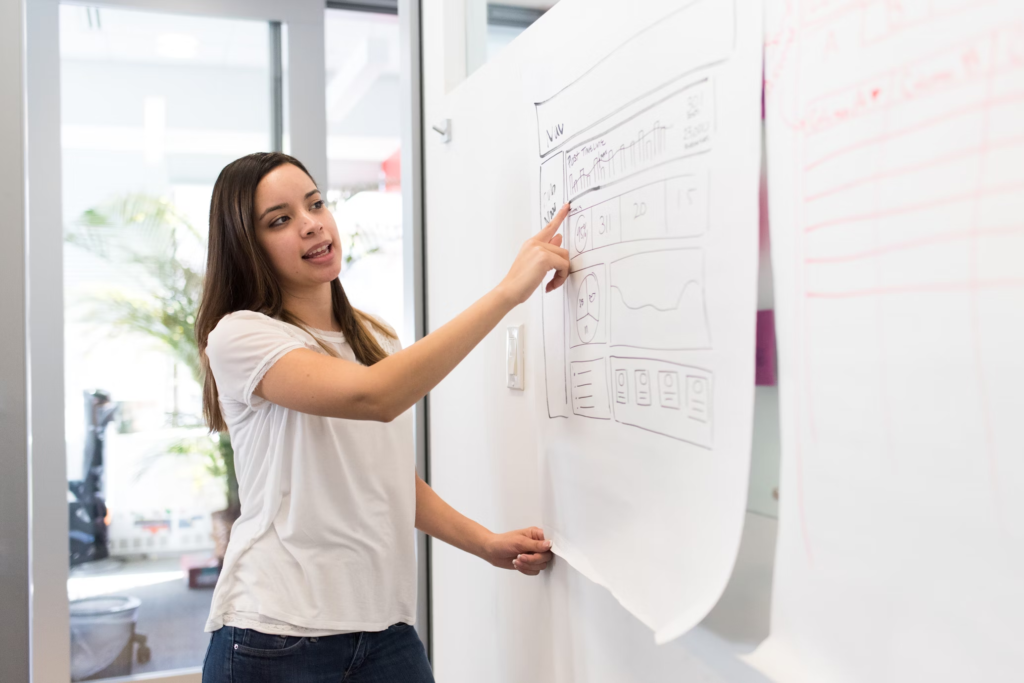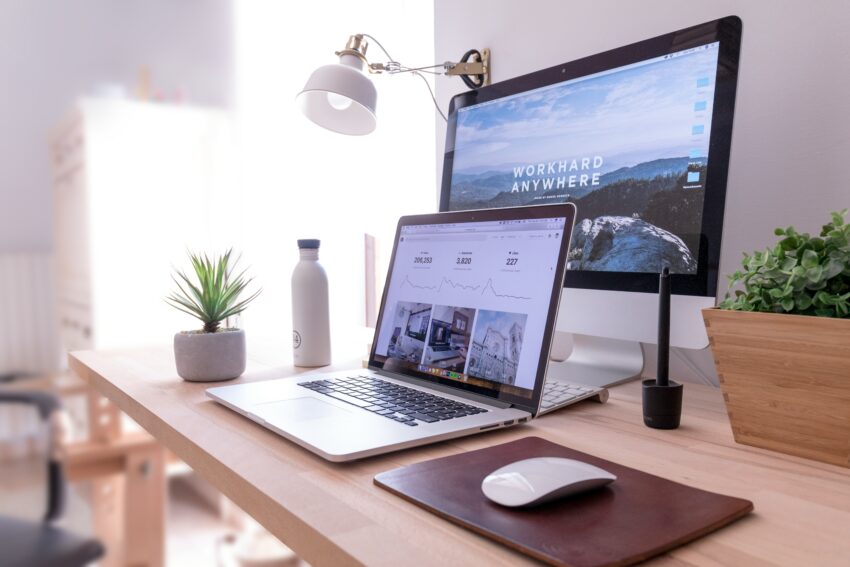Nowadays, the web portal is not only a business card of some company but a powerful tool for doing business: it can automate processes, increase engagement with customers and partners, and raise brand awareness. However, universal solutions are not always as suited to the specific needs of business as custom web portal development.
Why Does Individual Development Benefit From Standard Solutions?
The opinion of Celadonsoft: Ready-made CMS and website designers may be suitable for small projects, but when it comes to complex services, internal corporate systems or B2B platforms, standard solutions become a constraint. Customized design allows:
- Create a unique architecture — the platform is built from scratch, taking into account business processes and logic of the company.
- Flexible scaling — no strict limitations on functionality, new modules and integrations can be added.
- Optimize performance — code and database are developed taking into account the loads and characteristics of work.
- Ensure security — a tailored approach minimizes vulnerabilities associated with mass solutions.
1. Understanding Business Needs
Before starting to develop a web portal, it is important to clearly define for whom it is being created and what tasks it should solve. Individual solutions allow adapting precisely to the business specifics, but for this it is necessary a detailed analysis.
Analysis of Target Audience and Their Expectations
Each web portal is targeted to a specific audience: customers, partners, employees or all of them. Understanding their needs helps to create a convenient and functional product. For example, if the portal is intended for clients, it is significant to take into account their habits, technical training and usage scenarios. For internal corporate portals, the emphasis is on the convenience of employee interaction, process automation and integration with internal systems.
At this stage, it is important to answer the questions:
- Who will use the portal?
- What tasks should he solve?
- What functionality is needed for user convenience?
Defining the Goals and Objectives of the Web Portal
After analyzing the audience, the key goals of the portal are formed. These can be:
- Business process automation (e.g., order management, document flow).
- Improved customer service (online support, personnel offices).
- Optimization of the work of the employees (common internal system, management of contacts).
- Generate requests and attract new clients.

2. Planning and Design
Custom web portals as MVP development starts with detailed planning. This stage is used to define key requirements, define functionalities and create prototypes of the future solution. The success of the entire project depends on the quality of the training, so we pay special attention to each step.
Development of Technical Specifications and Functional Requirements
Before starting the development, it is important to set all expectations and goals of the project. We collect information about business processes, analyze competitive decisions and create a list of key functions. As a result, the technical task (TP) is developed, which describes in detail:
- system architecture,
- user roles and access rights,
- integration with external services,
- Safety and performance requirements.
Requirements helps to avoid misunderstandings between the customer and the developers, and also becomes the basis for further work.
Creating Prototypes and Custom Scripts
To make sure the future portal is convenient and logical, we develop interactive prototypes. This allows you to visualize the structure of pages, think through user scenarios and test the logic of interaction before writing code.
At this stage, we:
- design the navigation structure,
- create wireframes (frame mockups) of key pages,
- work out the main scenarios of user interaction,
- testing prototypes on target audience (if necessary).

3. Design and User Experience (UX/UI)
In the modern digital world, the interface is not just the appearance of a web portal, but an essential tool for interaction with the user. Well-designed UX/UI design directly affects conversion, audience retention and platform usability.
Development of a Unique Design to Match the Brand
Each web portal is a reflection of the business, its values and objectives. We create a design that is not just beautiful but logically organized, according to corporate style, and helps the user reach their goals faster. Considering not only the aesthetics of view but also the comfort of getting information, the accessibility of the interface, and meeting modern trends on UI/UX.
Provides Intuitive Navigation and Structure
The main goal of UX-design is to make user interaction with the web portal simple and logical. We design the interface so that the user can find the information or perform a specific action without any steps. For this purpose, we:
- We design a convenient page hierarchy, reducing the number of clicks to the desired content.
- We use the usual UI elements, adapted to the specific portal.
- Optimize navigation, making it intuitive even for new users.
- We work on the adaptive design, so that the portal is convenient both on desktop and mobile devices.
UX/UI Based on Data and Testing
Every design decision is supported by analytics. We test prototypes on real users, analyze their behavior and adjust the interface to improve usability. The work includes A/B testing, heat maps of clicks and analysis of user scenarios.

4. Technology Stack and Development
During the design process of a web portal, the technology stack is to be selected with thought for such aspects as performance, scalability, and security. The best choice is determined by business logic, load, and, if necessary, integration with other services.
In the backend development phase we use proven frameworks and programming languages such as Node.js, Python (Django), Ruby on Rails, .NET — depending on the specifics of the project. For working with databases we select PostgreSQL, MySQL or MongoDB, oriented to the load and need of scalability.
Frontend development demands flexibility and user-friendliness, so we use modern technologies: React, Vue.js or Angular, which allows us to create dynamic and responsive interfaces.
If the web portal needs to interact with CRM, ERP or payment systems, we develop and configure APIs to ensure secure data exchange. We also focus on DevOps practitioners: deployment via Docker, Kubernetes, CI/CD for automated code testing and delivery.
5. Testing and Quality Assurance
Before the web portal is launched, we test its performance thoroughly. At this stage, it is critical to identify and correct possible errors so that users receive a stable and safe product.
Our testing process includes:
- Functional testing — check how accurately the portal performs the stated functions.
- Load testing — we simulate the actual load to make sure that the system is holding up the expected traffic.
- UX/UI testing — we evaluate the interface convenience, correctness of display on different devices.
- Security — we check for vulnerabilities, test protection against SQL-injections, XSS-attacks, data leaks.
We use automated and manual tests, involving QA-engineers and testers. This step helps not only to avoid problems during the start-up, but also to reduce the costs of further support.
6. Launch and Support
When the web portal is ready, it starts at a very important stage — its launch. We develop and implement a deployment plan, test the server performance and perform a final performance check.
After successful launch, we provide technical support:
- Monitoring of servers and performance — we monitor the stability of work, to prevent failures.
- Updates and fixes — we release patches, adapt the portal to new requirements.
- Support of users — we respond promptly to requests, train customer employees.
We understand that the launch is only a beginning, so we offer long-term support to help clients develop their project.

Finalization
The development of a portal website by a freelance web developer is not the creation of ‘yet another site’, but a comprehensive solution adapted to the business and not vice versa. Such an approach will provide maximum flexibility, security, and scalability.
